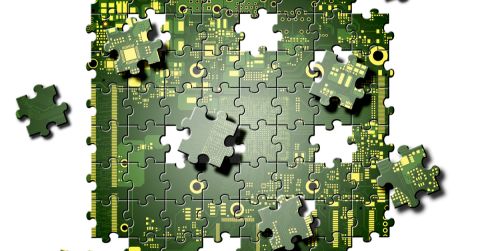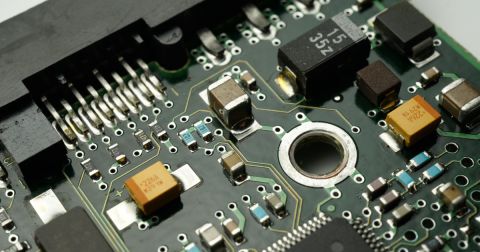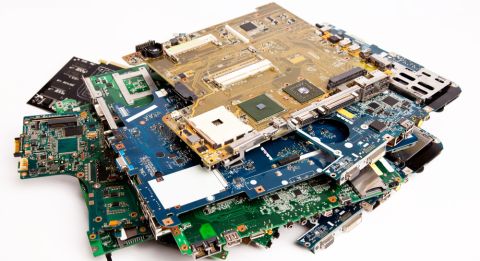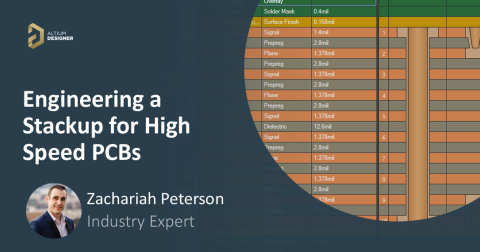Intro to High-Speed Design
TOPICS IN THIS SOLUTION
You’re creating products that are made for the present day, which means moving past traditional PCB technology and design techniques. It takes more than innovation to perform these tasks well - how do you create high-speed interfaces such as DDR4, PCI Express, 40 Gigabit Ethernet, and SerDes while ensuring they are efficient? How do you reduce EMI or crosstalk without compromising your outcome?
COMPLICATED PCB DESIGN FOR HIGH-SPEED APPLICATIONS
In PCB design and routing, it is no longer just about how quickly or efficiently you can go; there are many other factors. You will want to consider every placement for every piece - from processors to memory modules, and connectors - before taking the time to settle on an interconnection design. Good high-speed design practice includes knowing all of these things beforehand, so what else could you do in order to streamline your product?
ADVANCED HIGH-SPEED PCB DESIGN TOOLS
Route your board to meet the demanding requirements of high-speed design. These are some PCB design tools that could help you reach this goal:
- Speed up and automate high-speed routing using dedicated tools for differential pair routing, length matching, impedance calculation, and interactive pin swapping.
Learn More about High-Speed PCB Design - Manage your layer stack specifications to account for PTFE-based and other high-speed materials.
Learn More about Advanced Layer Stack Management - Design intricate RF and microwave PCB features quickly with dedicated tools for chamfering and complex land pattern creation.
Learn More about Custom Pad Shapes
HIGH-SPEED CONSTRAINTS ARE USED IN EVERY PHASE OF THE DESIGN PROCESS
Designers and engineers know that the most successful high-speed designs are well-planned right from the start. Anything less than that can lead to a whole host of problems later on. In order to make sure this goes right, you need the tools for setting up and managing design constraints from datasheets, memory specifications, and other sources of information required for optimal design. How do you clearly set your design constraints in a more useful way than using a spreadsheet?
CONSTRAINT MANAGEMENT FROM THE START
Set up high-speed constraints early and make use of them throughout the entire design process
- Rules and constraints created during schematic capture are fully synchronized to the PCB so you can be sure the whole design meets specifications.
Learn More about Rules and Constraints - Use impedance constraints to dynamically calculate routing widths from the layer stack specifications.
Learn More about Impedance-Controlled Routing - Easily manage the complex design hierarchy and class structures required for high-speed applications.
Learn More about Design Hierarchy
ANALYZING THE DESIGN FOR CONSISTENT OPERATION THAT MEETS SPECIFICATION
It doesn’t matter how many precautions you’ve taken to ensure that your device follows specifications; if the design doesn’t operate correctly, you need to go back to the drawing board. Having the tools to check for BER, crosstalk, termination, SSN, and EMI during design means you can potentially avoid several re-spins and the associated cost of physical prototypes. What can you do to ensure correct device operation?
SIGNAL INTEGRITY ANALYSIS AND HIGH-SPEED SIMULATION TOOLS
Fully model your design to make sure it works as expected. Here are some simulation tools that can help you:
- Simulate analog and digital circuits for high-speed applications to verify concepts before going to layout.
Learn More about Mixed Simulation - Perform full impedance, signal reflection, and crosstalk analysis to verify the high-speed performance on your board is as expected.
Learn More about Signal Integrity Analysis









